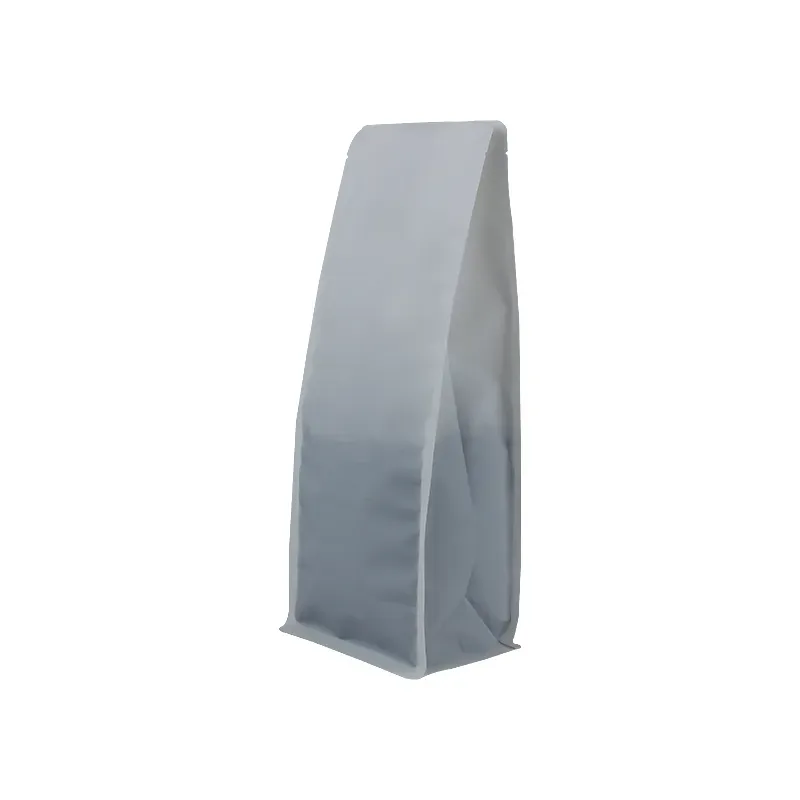- Afrikaans
- Albanian
- Amharic
- Arabic
- Armenian
- Azerbaijani
- Basque
- Belarusian
- Bengali
- Bosnian
- Bulgarian
- Catalan
- Cebuano
- chinese_simplified
- chinese_traditional
- Corsican
- Croatian
- Czech
- Danish
- Dutch
- English
- Esperanto
- Estonian
- Finnish
- French
- Frisian
- Galician
- Georgian
- German
- Greek
- Gujarati
- haitian_creole
- hausa
- hawaiian
- Hebrew
- Hindi
- Miao
- Hungarian
- Icelandic
- igbo
- Indonesian
- irish
- Italian
- Japanese
- Javanese
- Kannada
- kazakh
- Khmer
- Rwandese
- Korean
- Kurdish
- Kyrgyz
- Lao
- Latin
- Latvian
- Lithuanian
- Luxembourgish
- Macedonian
- Malgashi
- Malay
- Malayalam
- Maltese
- Maori
- Marathi
- Mongolian
- Myanmar
- Nepali
- Norwegian
- Norwegian
- Occitan
- Pashto
- Persian
- Polish
- Portuguese
- Punjabi
- Romanian
- Russian
- Samoan
- scottish-gaelic
- Serbian
- Sesotho
- Shona
- Sindhi
- Sinhala
- Slovak
- Slovenian
- Somali
- Spanish
- Sundanese
- Swahili
- Swedish
- Tagalog
- Tajik
- Tamil
- Tatar
- Telugu
- Thai
- Turkish
- Turkmen
- Ukrainian
- Urdu
- Uighur
- Uzbek
- Vietnamese
- Welsh
- Bantu
- Yiddish
- Yoruba
- Zulu
tube roll
The Fascination of Tube Rolling
In the world of manufacturing and fabrication, there's a process that's both fascinating and essential tube rolling. This intriguing method involves the shaping and forming of tubes through a series of rolling processes, which transform flat sheets of material into functional cylindrical forms. With applications ranging from construction to automotive and beyond, tube rolling has gained significant attention for its versatility and efficiency.
Understanding Tube Rolling
Tube rolling is a metalworking process that involves reshaping metal sheets or strips into round, oval, or other specialized shapes. This transformation typically occurs through various rolling techniques, including hot rolling, cold rolling, and even specialized processes like hydroforming.
1. Hot Rolling This process occurs at elevated temperatures, typically above the material's recrystallization temperature. It allows the metal to deform more easily and reduces the energy required to shape it. Hot-rolled tubes often have a rougher surface finish but can handle thicker wall sections, making them ideal for heavy-duty applications.
2. Cold Rolling In contrast, cold rolling is performed at room temperature. This method enhances the material's strength due to strain hardening while producing a smoother surface finish. Cold-rolled tubes are essential in industries that require precision, such as aerospace and automotive sectors.
3. Hydroforming A more specialized technique, hydroforming uses high-pressure hydraulic fluids to mold the tube into specific shapes without the need for extensive dies. This process allows for complex designs and is particularly beneficial in the creation of lightweight yet strong components.
The Advantages of Tube Rolling
The tube rolling process offers several advantages over traditional manufacturing methods.
- Cost Efficiency Tube rolling can significantly reduce waste compared to cutting and welding methods. The continuous roll of material means that manufacturers can produce longer lengths of tubes without creating additional scrap.
- Material Versatility This process can be applied to a wide variety of metals, including steel, aluminum, copper, and alloys. This versatility makes tube rolling suitable for numerous industries, from construction materials to specialized automotive parts.
tube roll

- Customization Tube rolling allows for the production of tubes and pipes in different dimensions and thicknesses, catering to specific project requirements. Manufacturers can also tailor the mechanical properties of the tubes by adjusting the rolling parameters.
- Strength and Durability The rolling process enhances the structural integrity of the tubes. Cold rolling, in particular, imparts improved tensile strength due to the material’s work-hardening.
Applications of Tube Rolling
The applications of tube rolling are vast and varied. In the construction industry, rolled tubes serve as essential structural supports and scaffolding materials. In the automotive sector, they are key components in the manufacturing of chassis, exhaust systems, and fuel lines.
Moreover, the aerospace industry extensively utilizes tube rolling for creating lightweight and robust structural components. Beyond these, tube rolling finds its place in furniture manufacturing, medical devices, and even art installations, illustrating its broad appeal.
The Future of Tube Rolling
As industries continue to demand more efficient, sustainable, and innovative manufacturing processes, tube rolling is poised for advancement. The introduction of automation and robotics into tube rolling lines will increase production speeds and consistency. Additionally, as materials science progresses, manufacturers are likely to explore new alloys and composites that can further enhance the performance of rolled tubes.
Furthermore, the shift towards sustainability may drive more manufacturers to adopt tube rolling processes, as the reduction of scrap material and energy usage aligns with global efforts to reduce the environmental impact of industrial activities.
Conclusion
Tube rolling is a remarkable process that merges engineering with creativity, providing solutions that are both practical and innovative. As technology continues to evolve, the future of tube rolling promises to be even more dynamic, ensuring it remains an integral part of modern manufacturing and design. Whether it’s for constructing skyscrapers, manufacturing vehicles, or crafting art, the world of tube rolling is an exciting frontier full of potential.













